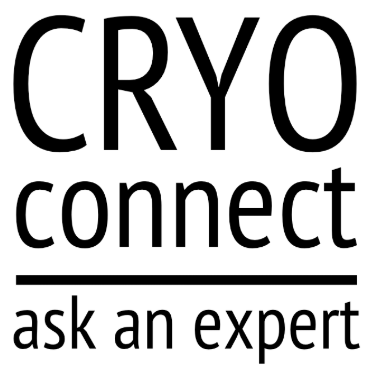Discover which cryospheric research articles were most successful in attracting media attention in 2018 according to the Altmetric score.
Cryo Connect and Altmetric
Scientists are generally aware of each others’ studies. But when a scientific study generates media interest, its impact can be boosted beyond the scientific community. The media can push the essence of scientific study to the broader public through newspapers and news websites, television and social media. It all counts, and Altmetric tracks mentions of scientific studies across many media outlets.
Cryo Connect is all about boosting outreach communication in cryospheric sciences, and developing a joint AGU- and EGU-endorsed community outreach platform for cryospheric researchers. So we comb through Altmetric data each year to see which cryospheric studies are garnering top media coverage. Visit https://CryoConnect.net to learn how to help boost your cryospheric research, or simply tag @CryoConnect on Twitter.
Cryospheric Top 50
What does the top 3 look like?
A Nature study that developed a consensus estimate of the mass balance of the Antarctic Ice Sheet garnered the most attention of any cryosphere study in 2018. This study was authored by the 80-author “IMBIE”, or Ice Sheet Mass Balance Inter-comparison Exercise, team. The second most media-featured cryosphere study of 2018 was a Science Advances study, which described an impact crater beneath the Hiawatha Glacier in Northwest Greenland, by Kurt Kjaer and 22 colleagues. The third most media-featured study of 2018 was a Nature study that documented a non-linear increase in meltwater runoff from the Greenland Ice Sheet since the industrial revolution, by Luke Tusel and eight colleagues.
The five most popular scientific journals of the top-50 list are: Nature Communications (9 studies), Geophysical Research Letters (8 studies), Nature (6 studies), and Science Advances and Nature Geoscience (5 studies each). Together, these five journals published two-thirds of the 50-top cryospheric science studies. Perhaps interestingly, Nature Communications and Science Advances are both relatively new journals — both less than eight years old — that provide gold open-access venues. Both EGU (The Cryosphere) and AGU (Geophysical Research Letters) journals are featured on the top-50 list.
There is a notable year-on-year increase in Altmetric scores comprising the top-50 list. At the low end, the rank #50 cut-off Altmetric score increased from 201 in 2017 to 293 in the 2018 list presented here. At the high end, the rank #1 Altmetric score increased from 1330 in 2017 to 3379 in 2018. Overall, the average top-50 Altmetric score increased from 442 in 2017 to 744 in 2018. We used the same methodology, described below, to generate the 2017 and 2018 top-50 lists.
It is difficult to precisely explain this year-on-year increase in Altmetric scores within the cryospheric sciences. There could be an increasing trend in cryosphere science coverage in the media, or improved detection of media coverage by Altmetric, or perhaps 2018 just had an unusually strong batch of cryospheric studies published. In any case, we congratulate all the authors of 2018’s top media-covered cryospheric studies on the well-deserved media attention that they have received, and the exposure they have given to cryospheric science!
Methodology
This top-50 cryospheric articles list was compiled using access to the Altmetric Explorer database provided by Altmetric. Similar to the 2017 top-50 list of cryospheric studies, we searched Altmetric Explorer for all peer-reviewed articles published between 1 January and 31 December 2018 that were within the field-of-research codes for Atmospheric Science (0401), Geochemistry (0402), Geology (0403), Geophysics (0404), Physical Geography and Environmental Science (0406), Environmental Science and Management (0502), Soil Sciences (0503) or Other Environmental Sciences (0599). We further limited qualifying articles to those with keywords of Antarctic, Arctic, Cryosphere, Firn, Frozen, Glacier, Glaciology, Ice, Iceberg, Permafrost, Polar and Snow.
The resulting articles were then ranked by Altmetric score. The Altmetric scores shown here are characteristic of 29 March 2019, and will tend to grow over time with subsequent media coverage. Please contact info@cryoconnect.net if you have questions about methodology or oversights.
This is a joint post, published together with Cryo Connect.
Edited by Sophie Berger and Violaine Coulon
Cryo Connect is an initiative run by Dirk van As, Faezeh Nick, William Colgan and Inka Koch.




















































